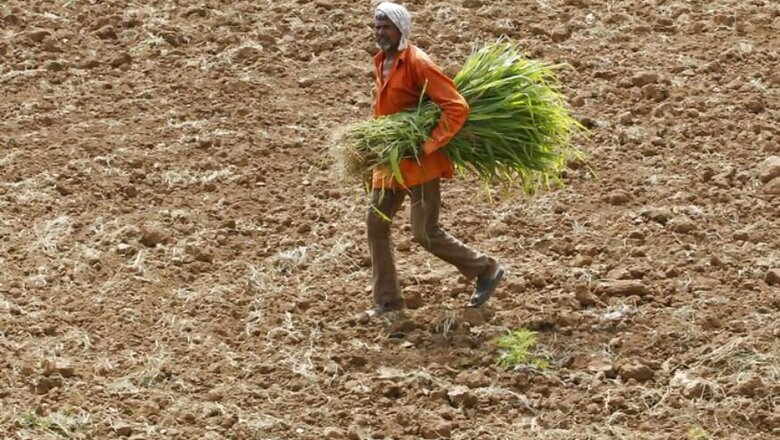United Nations' New Report Blames Unemployment in India for Increase in South Asia's Food Insecurity

views
New Delhi: A recent report released by the United Nations has blamed the unemployment rate in India and the economic slowdown in Pakistan for the increase in food insecurity in South Asia.
As per the report, severe food insecurity is concentrated in South Asia and has increased from less than 11 percent in 2017 to more than 14 percent in 2018. The report attributed the increase to the rise of unemployment rate in India between 2017 and 2018. As per the NSSO report released earlier this year, the rate of unemployment in the country was record 45 years high.
The report titled ‘The State of Food Security And Nutrition In The World, 2019’ is a global analysis collaborated by Food and Agriculture Organizations (FAO) in partnership with World Health Organization (WHO), UNICEF and International Fund for Agricultural Development.
In context of India, the report adds that the economic slowdown coupled with natural resource depletion and climate change has negatively impacted the food production and employment opportunities. This has led to increased threats to food security due to lower purchasing power. Quoting a World Bank report, it stated that the economic growth in the agricultural sector has been slower than the industrial and services sector.
The report acknowledged a decline in poverty rate proportional to an increase in the per capita GDP. The report has praised the Mahatma Gandhi National Rural Employment Guarantee Scheme (MGNREGS), world’s largest public works programme, for helping rural households to stabilise their earnings and to smooth their consumption all along the year.
Comparing the two Asian giants, India and China, the report stated the rate of poverty reduction with respect to the growth of per capita GDP was more in the latter than the former. During 1999 and 2005, China’s estimate income elasticity of poverty, i.e. percentage reduction in poverty with economic growth, was at 1.51, whereas that of India was at 0.4.
Between 1990 and 2017, India and China had an average GDP per capita growth of 4.5 percent and 8.6 percent, respectively. The poverty reduction here ‘modestly’ moved “from 48.9 percent in 1987 to 21.2 percent in 2011, or to 13.4 percent in 2015 if another World Bank source is used"; while that in China, it declined from 88 percent in 1981 to 0.7 percent in 2015. Notably, India has been categorised under a lower-middle income country while China as upper-middle income country. Both the countries have been classified as low commodity dependent countries with low export and import.
The report also mentioned health infrastructure and literacy to establish the trends in poverty and food insecurity. In India, there were 0.8 hospital beds for every 1,000 people in 1980, which declined to 0.7 in 2011. On the contrary, it rose from 2.2 to 3.8 in China from 1980 to 2011. The report flagged that 51 percent of women of reproductive age (15-49) have been anaemic. The number increased from 165.6 million in 2012 to 175.6 million women in 2016. However, the prevalence of undernourishment in India has decreased from 22.2 percent during 2002-04 to 14.8 percent during 2015-17. Stunting in children under 5 years of age fell from 54.2 percent in 2000 to 38.4 percent in 2015 – still higher than the global average of 23.2 percent. Stunting prevalence has been noted to be higher in ‘households with lower wealth and income’.
“Only in 2011 India was able to reach the levels of literacy that China had in 1982," the report said.



















Comments
0 comment